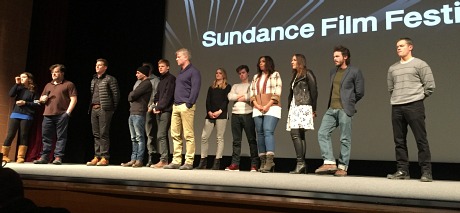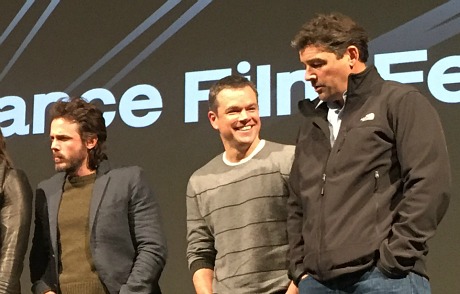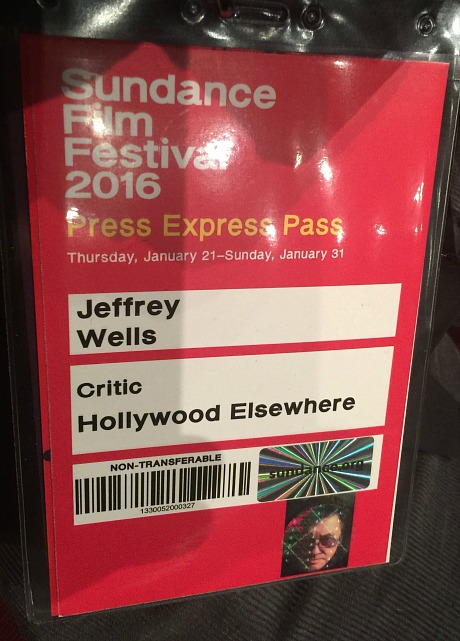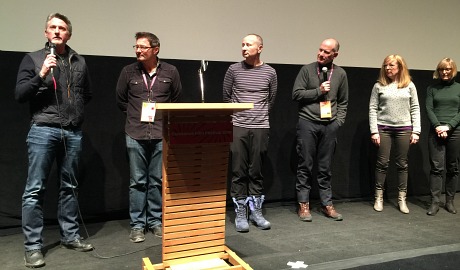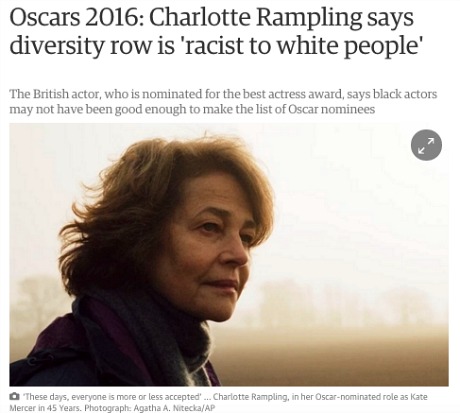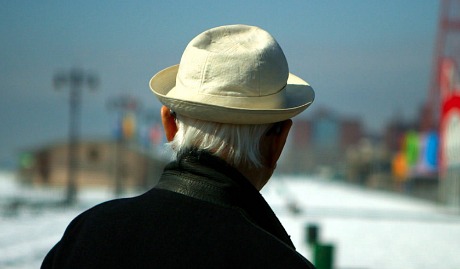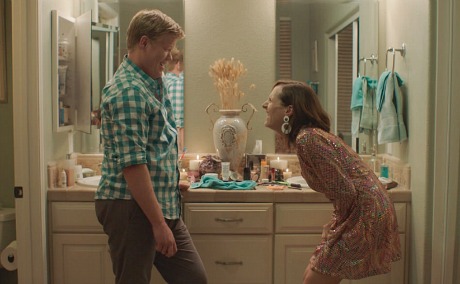“The persistence of grief and the hope of redemption are themes as timeless as dramaturgy itself, but rarely do they summon forth the kind of extraordinary swirl of love, anger, tenderness and brittle humor that is Manchester by the Sea, Kenneth Lonergan’s beautifully textured, richly enveloping drama about how a death in the family forces a small-town New Englander to confront a past tragedy anew.
“That rather diagrammatic description does little justice to Lonergan’s ever-incisive ear for the rhythms of human conversation, as he orchestrates an unruly suite of alternately sympathetic and hectoring voices — all of which stand in furious contrast to Casey Affleck’s bone-deep performance as a man whom loss has all but petrified into silence.
“Giving flesh and blood to the idea that life goes on even when it no longer seems worth living, Manchester may be too sprawling a vision for all arthouse tastes, but Lonergan’s many champions are scarcely the only viewers who will be stirred by this superbly grounded and acted third effort.” –from Justin Chang‘s Variety review, posted at 8 pm Pacific.

